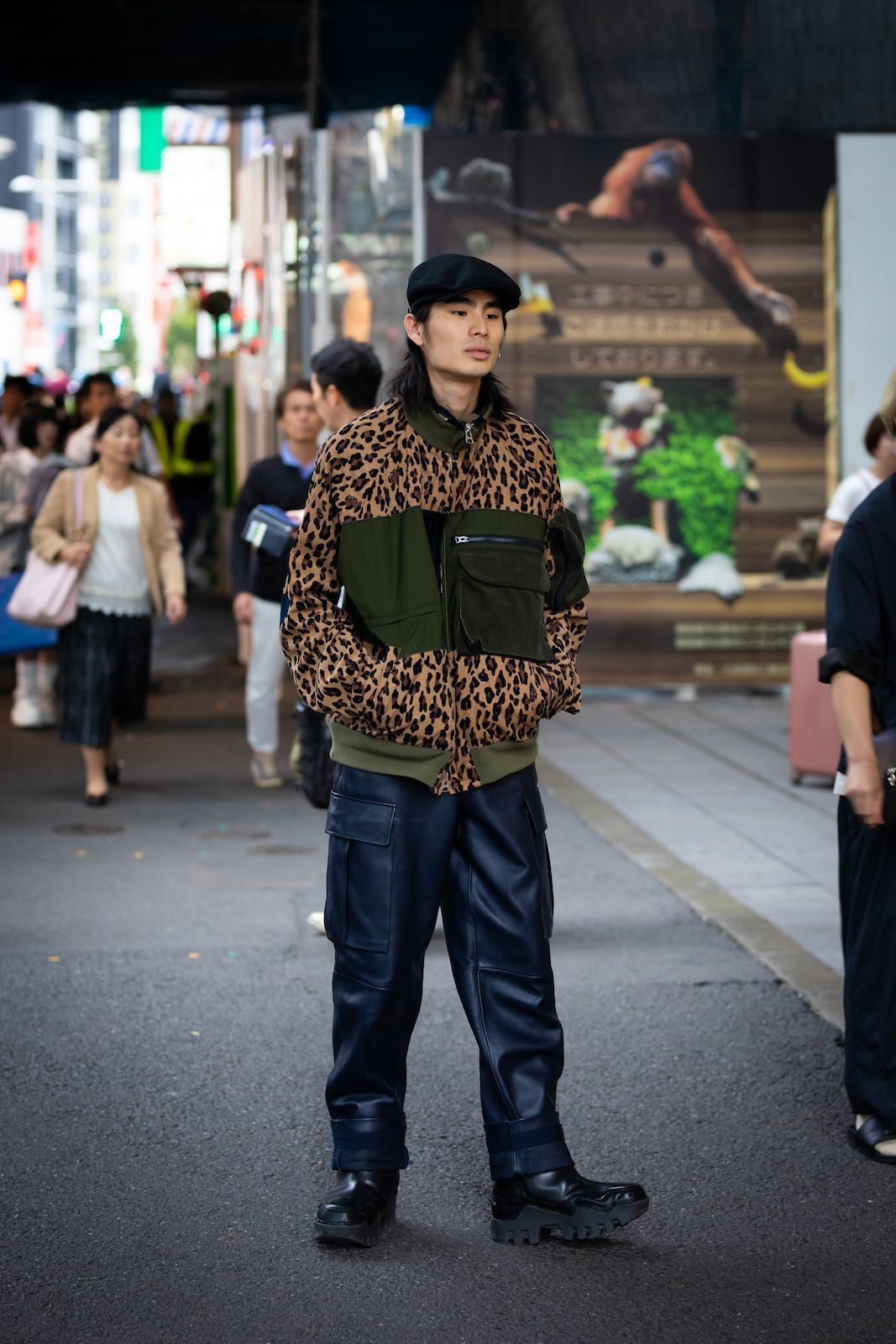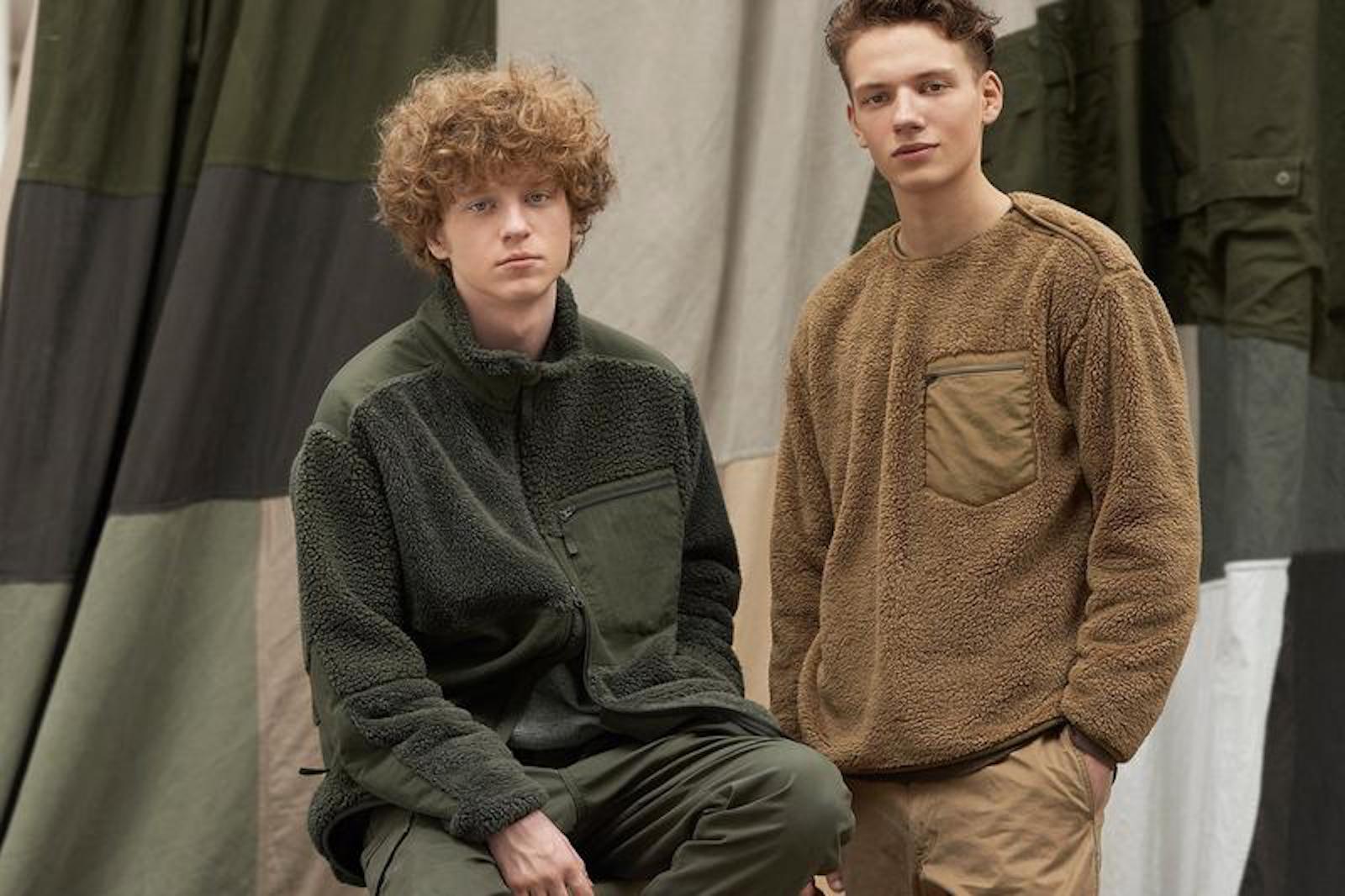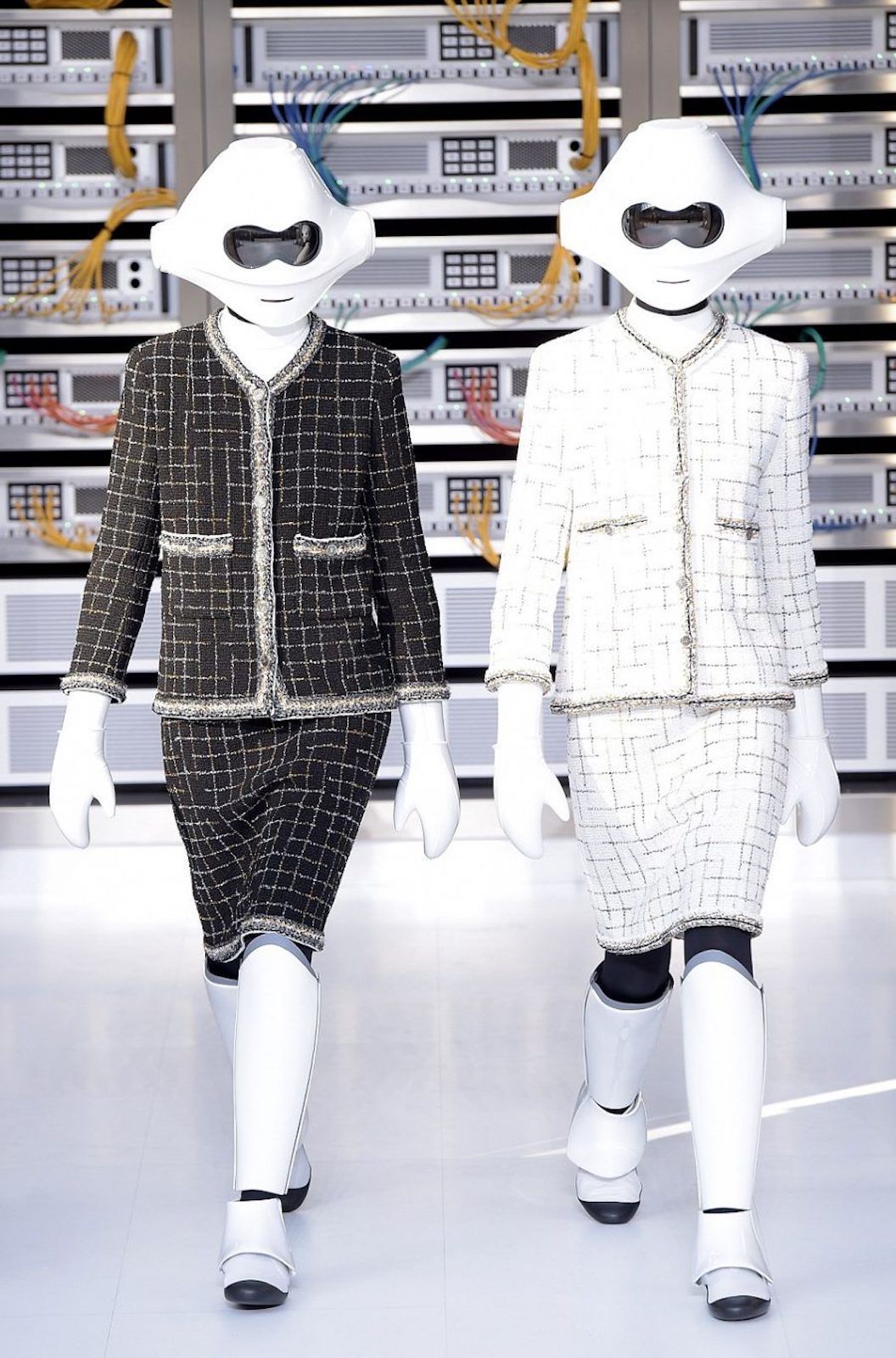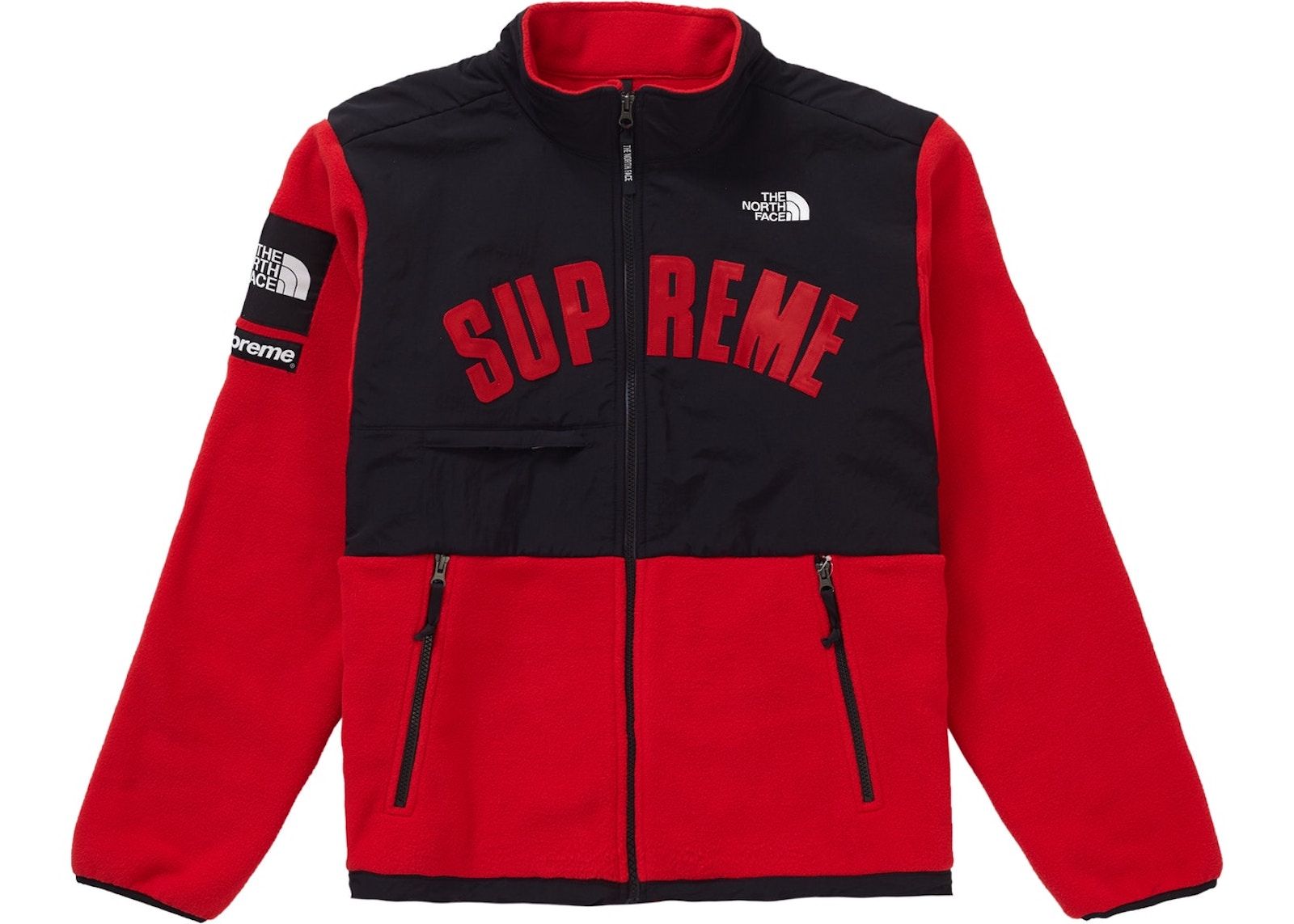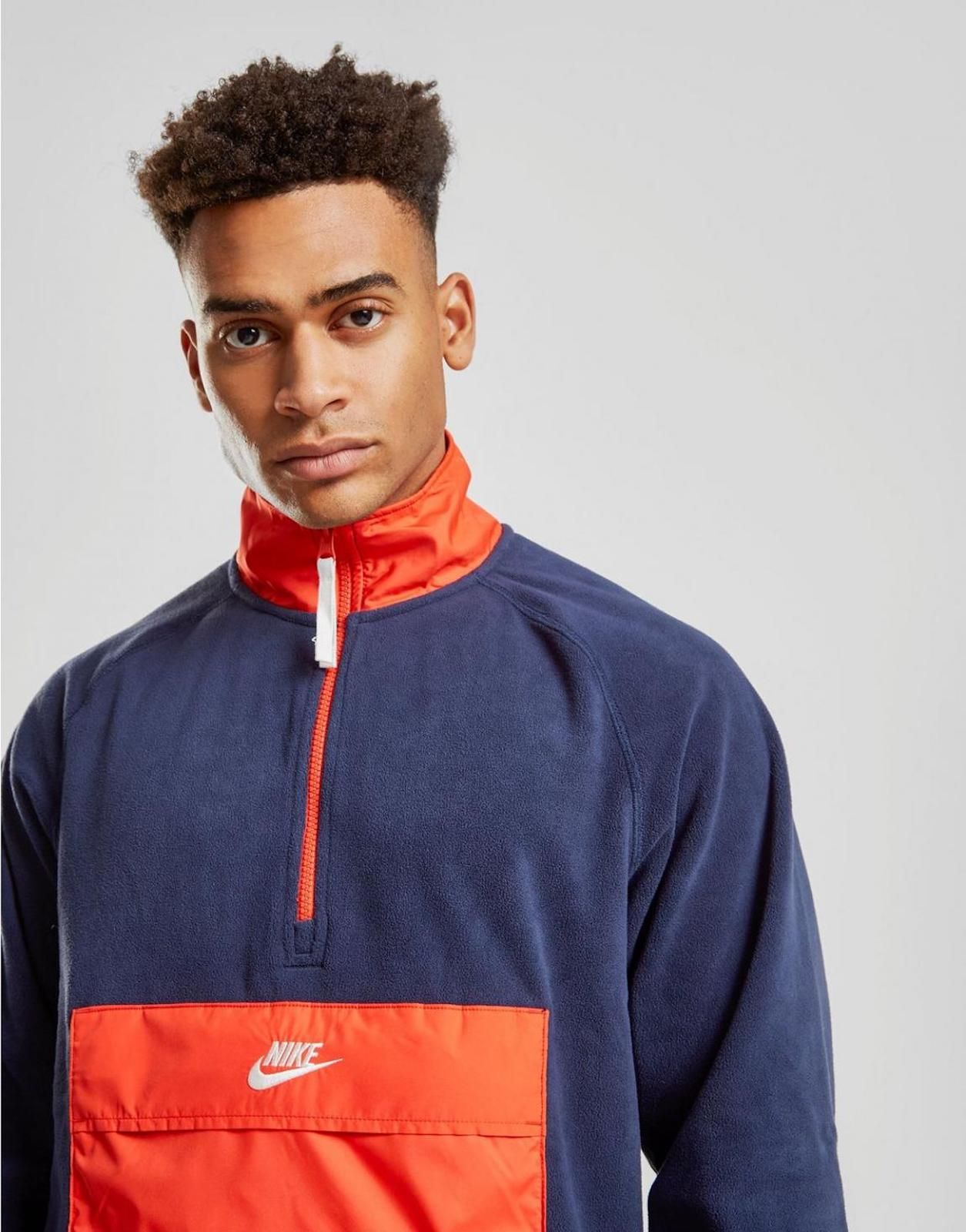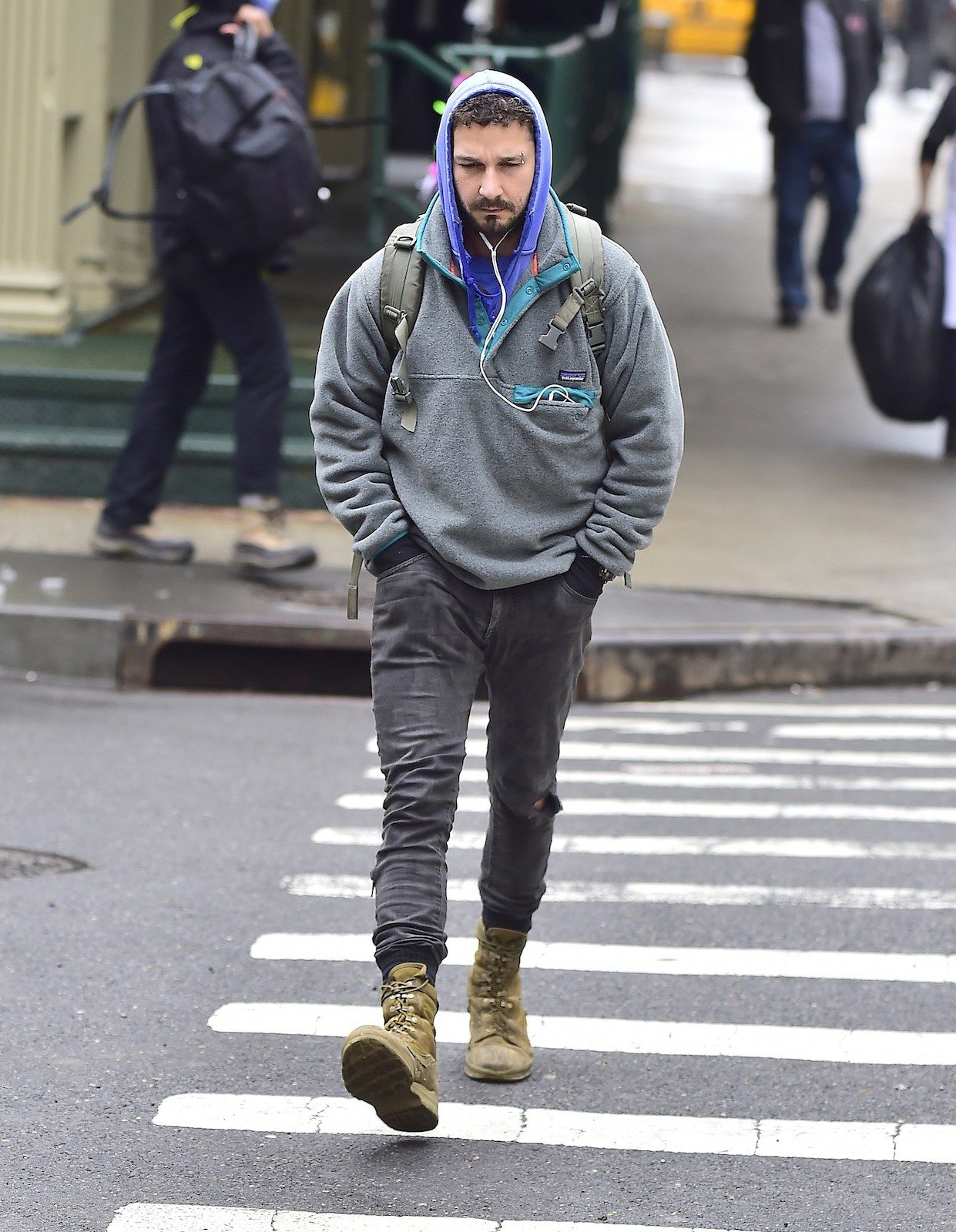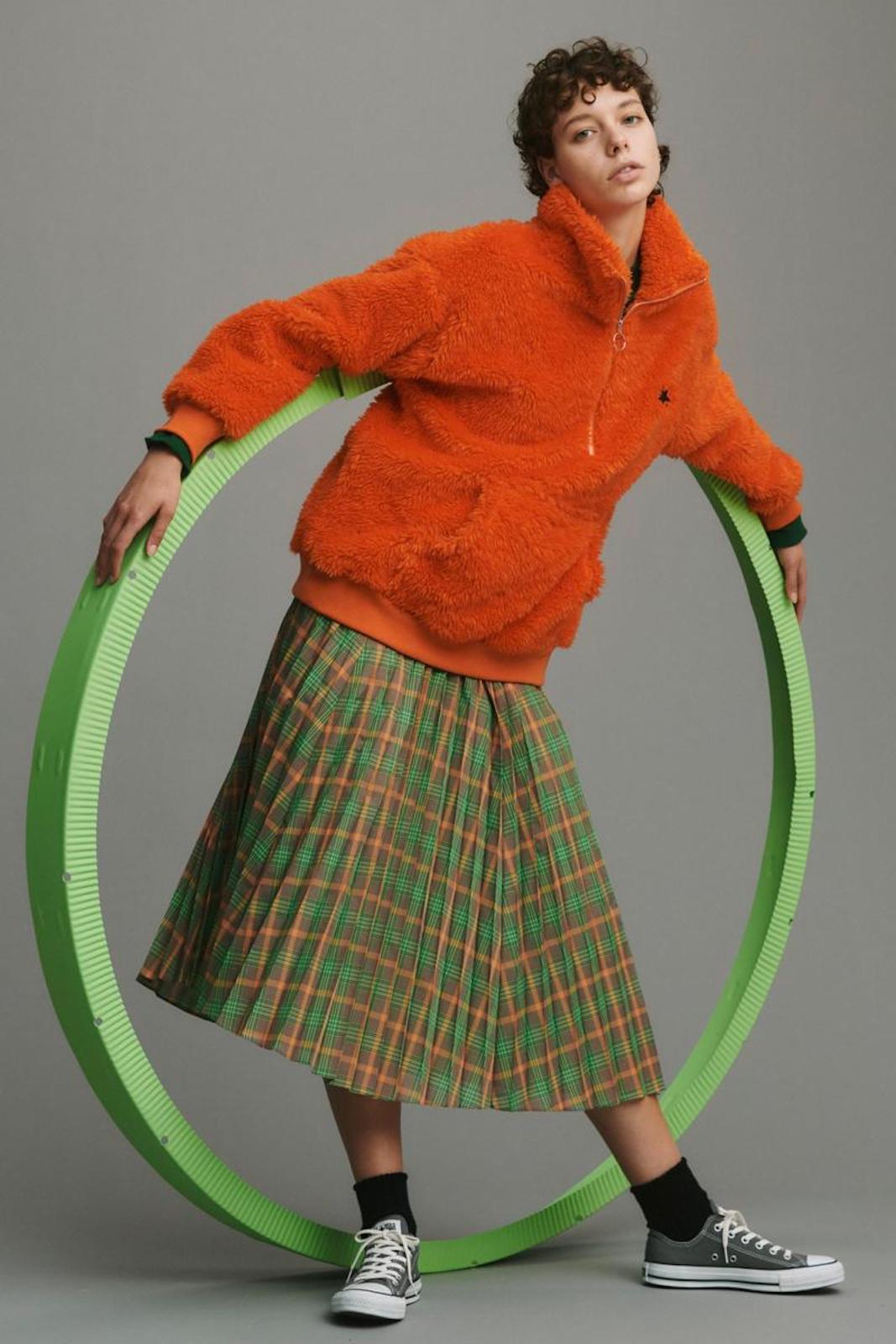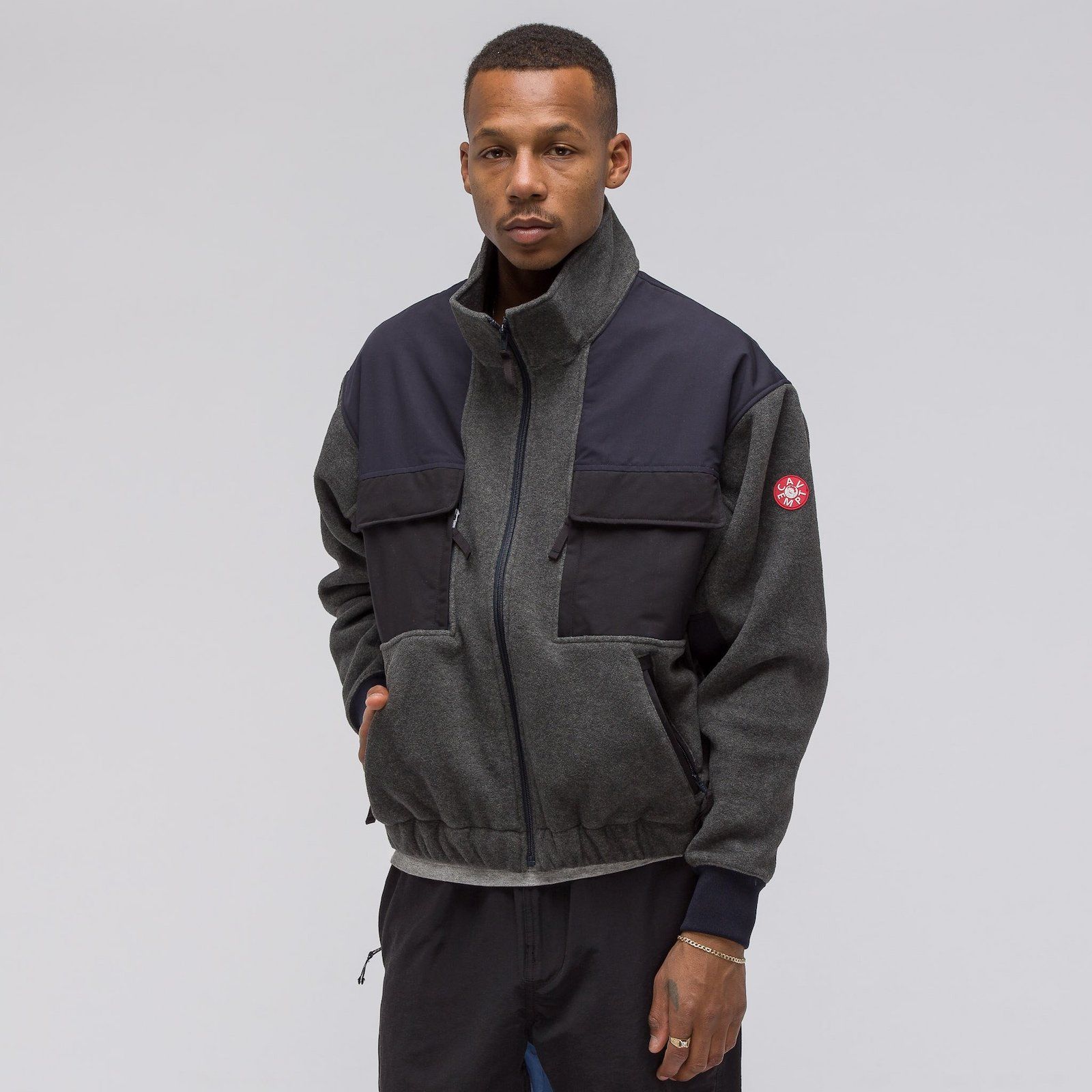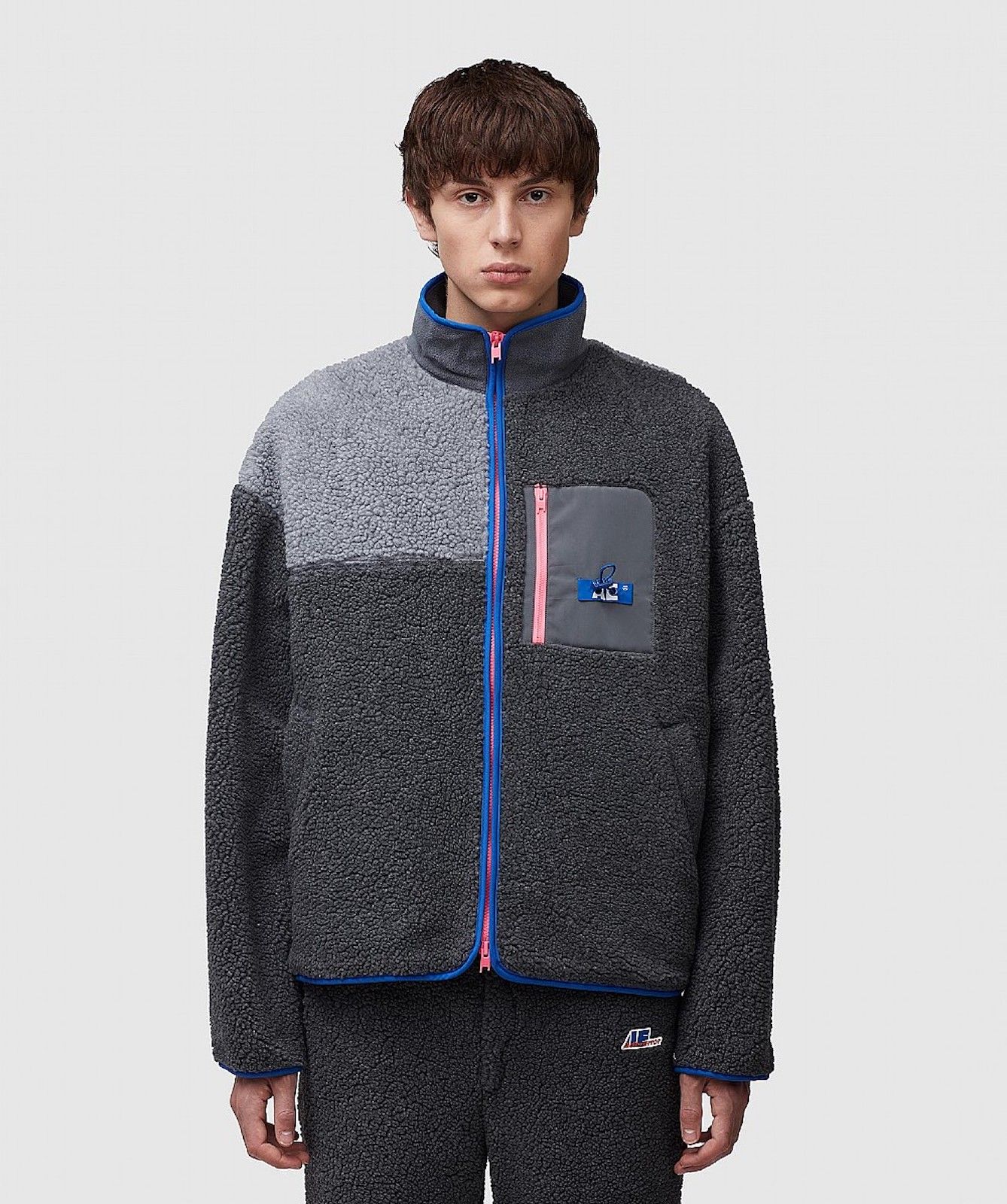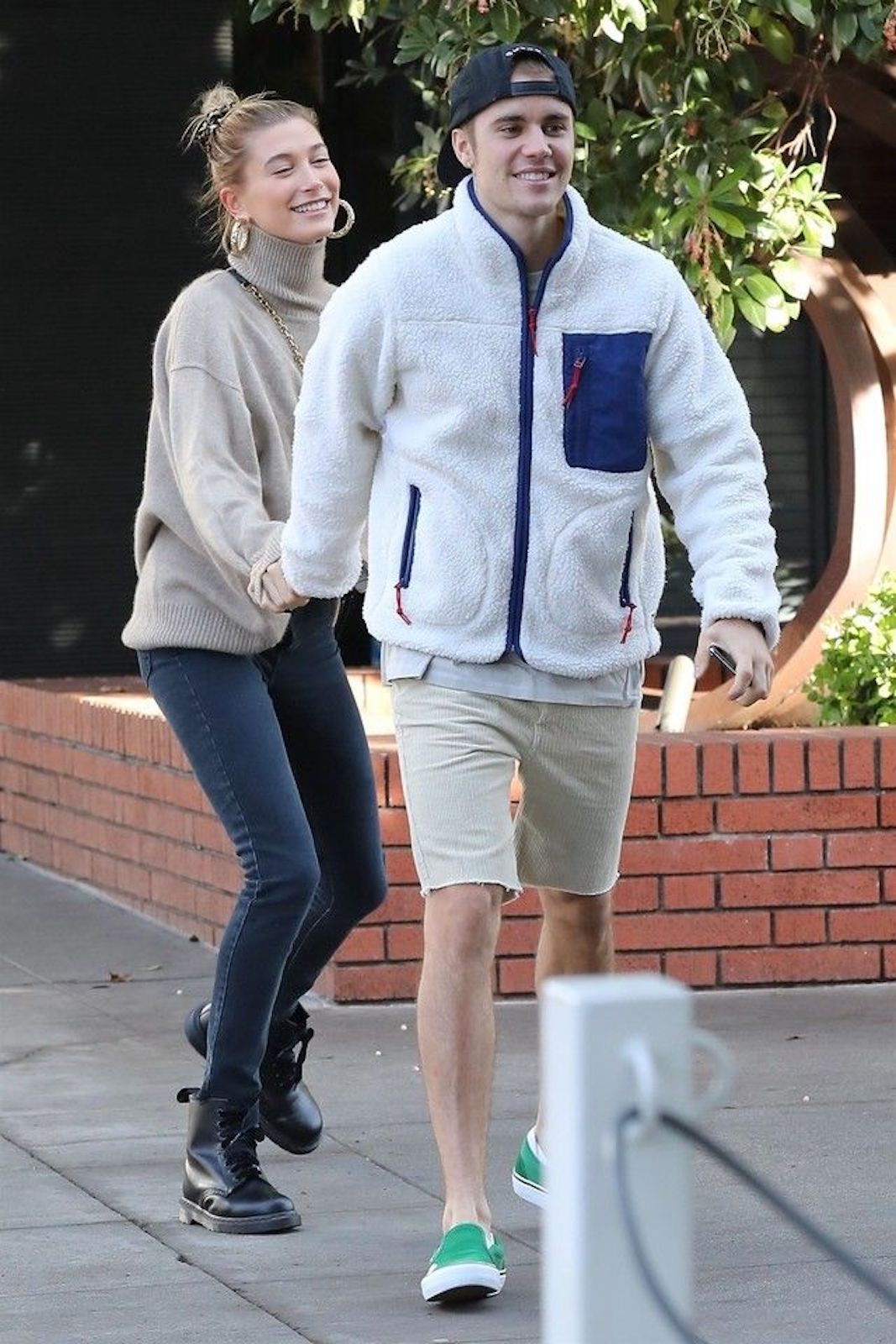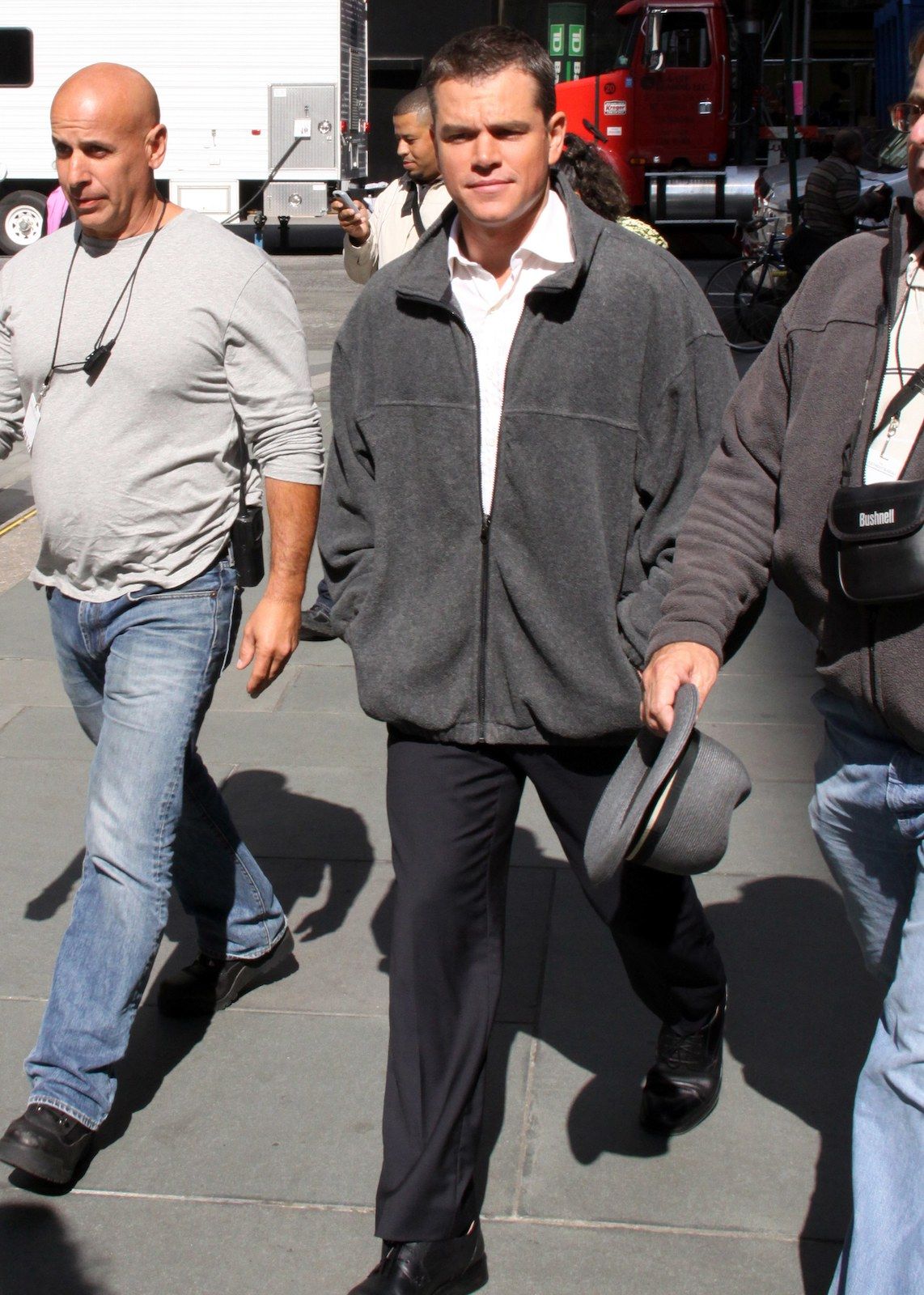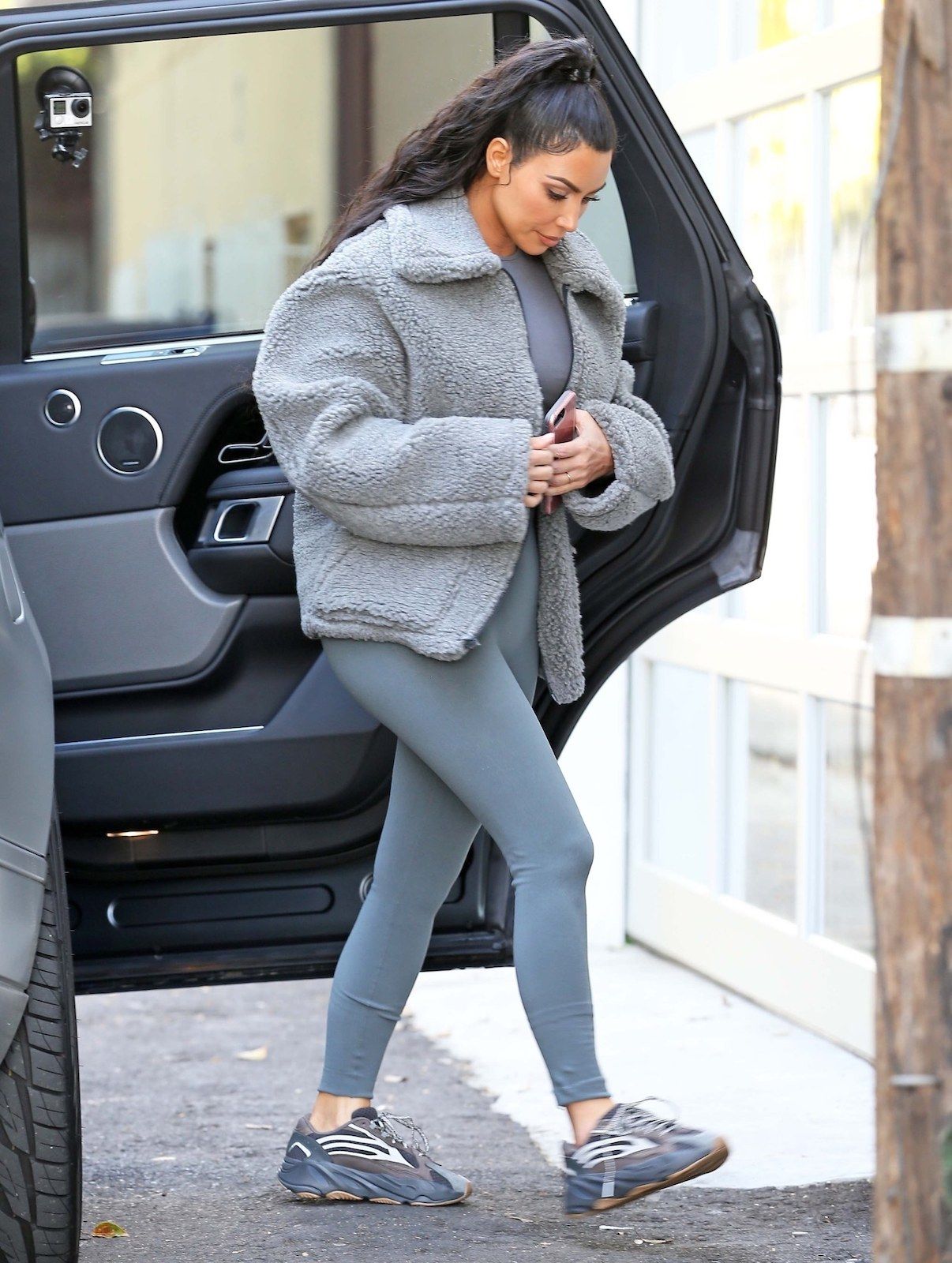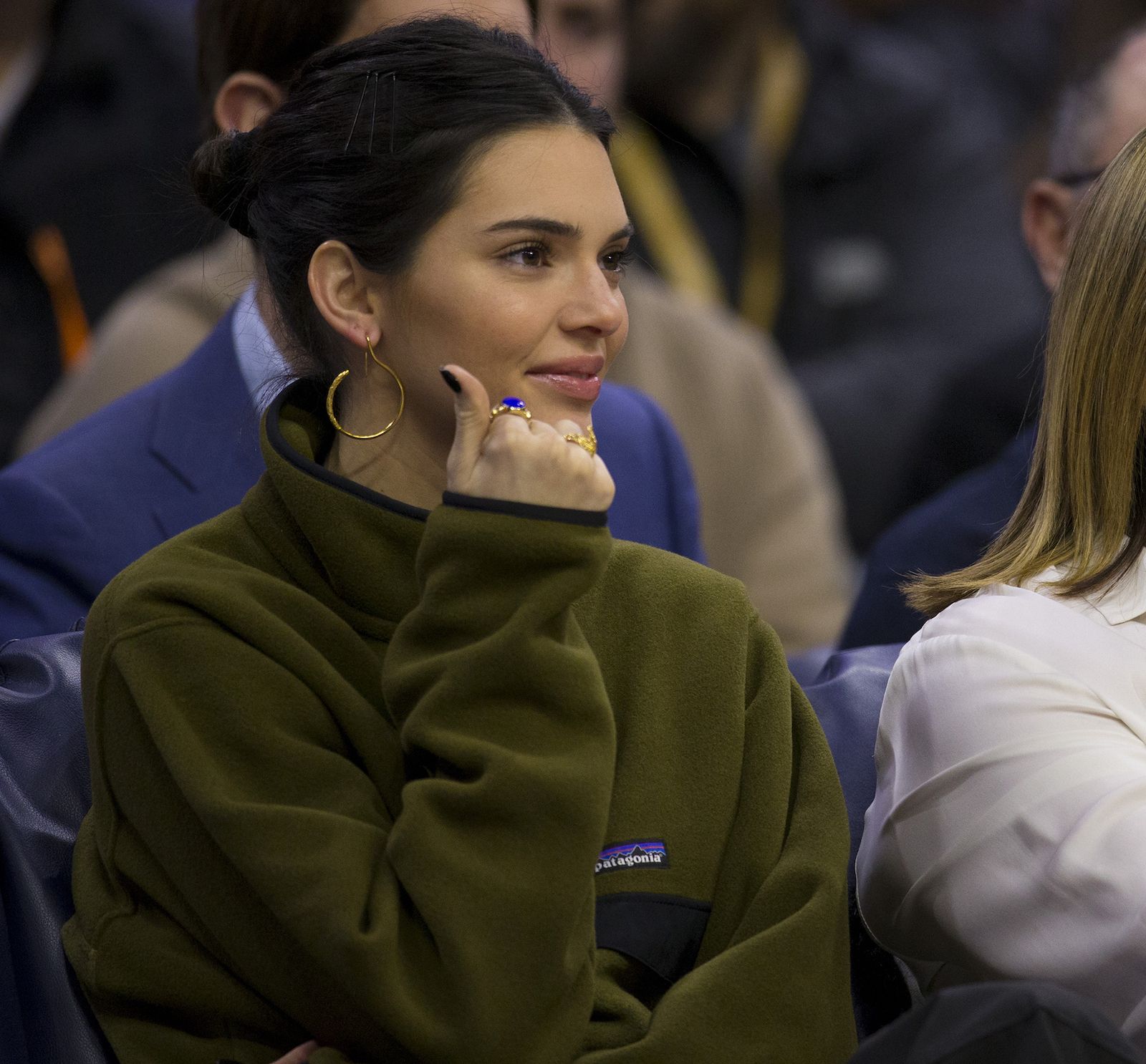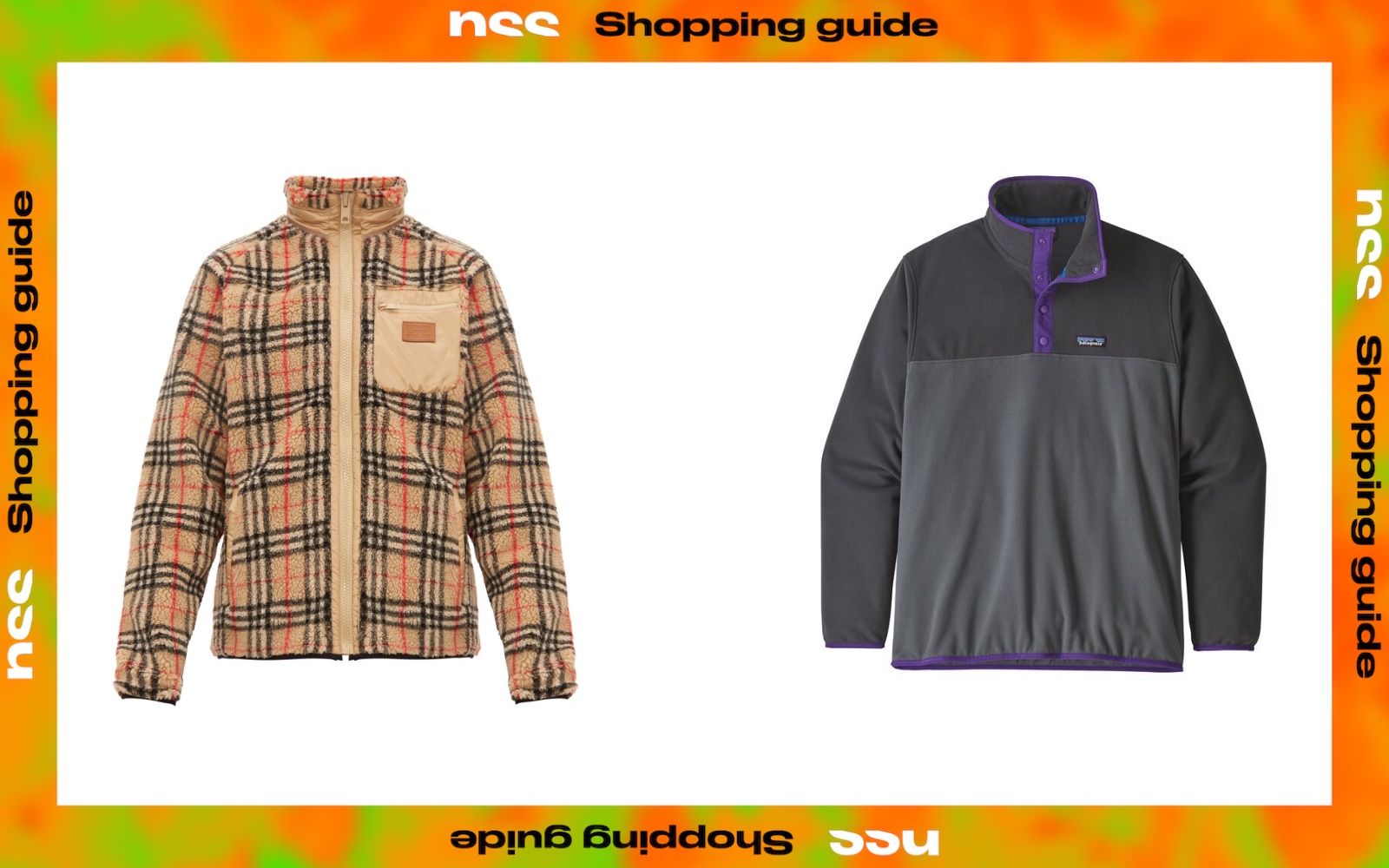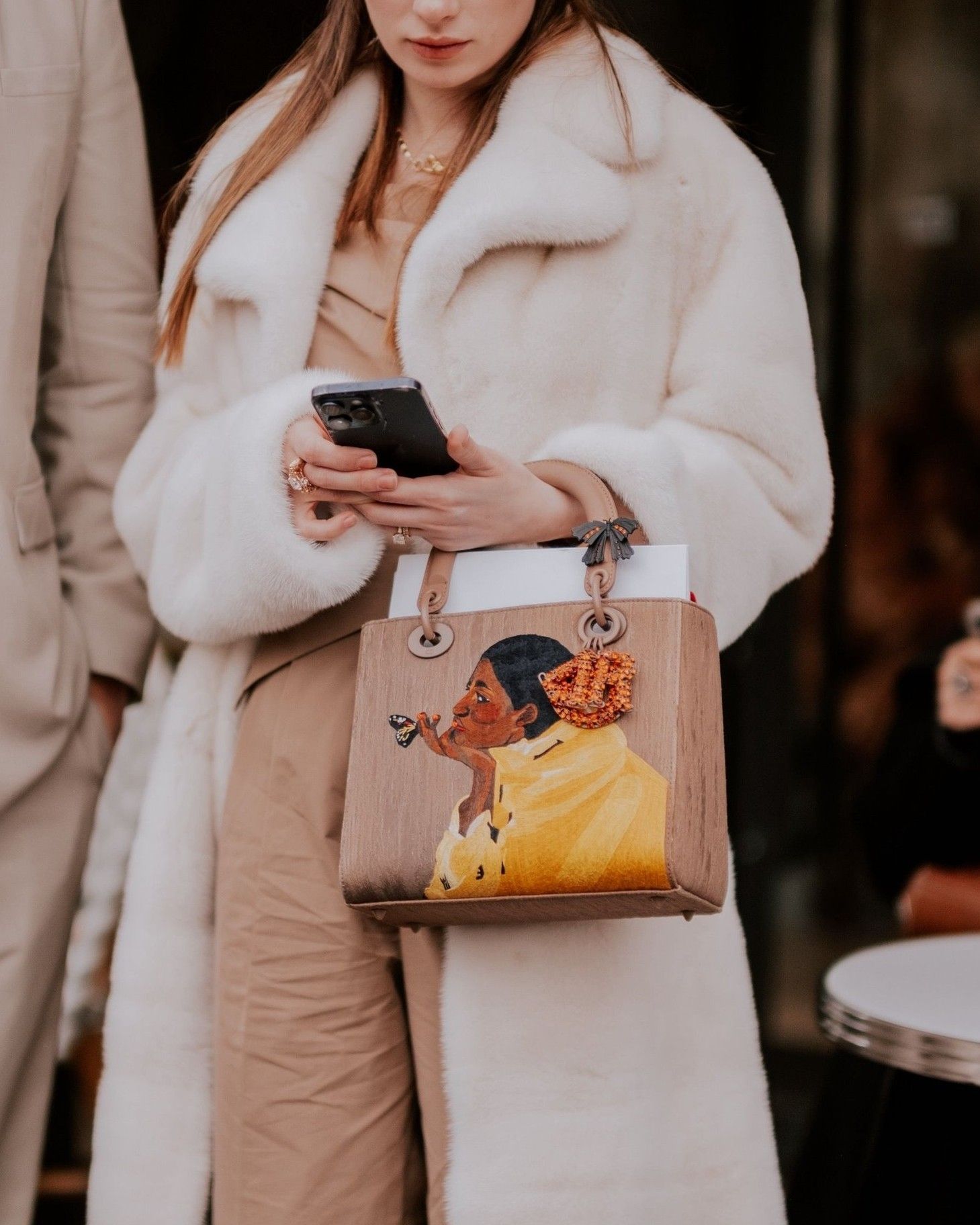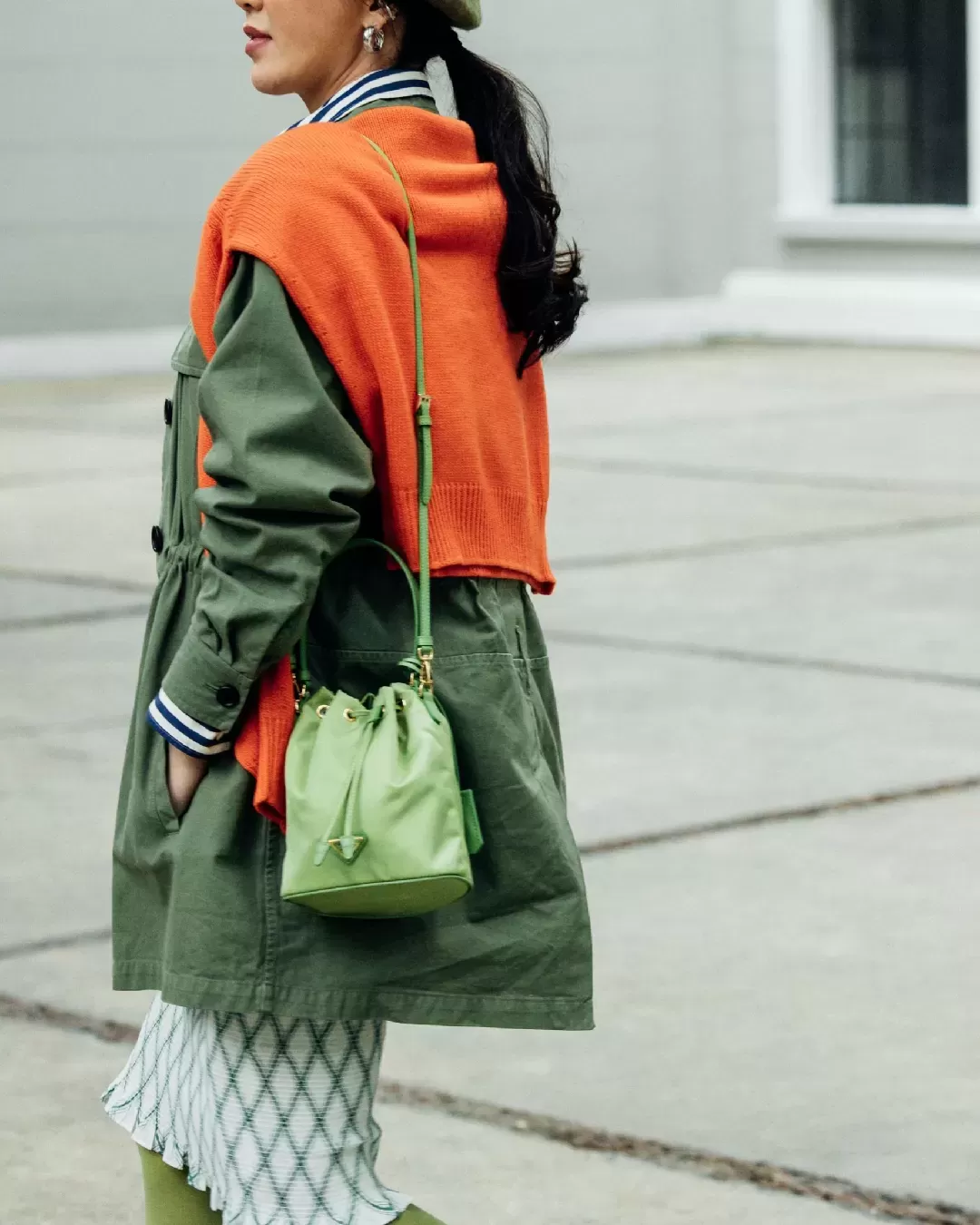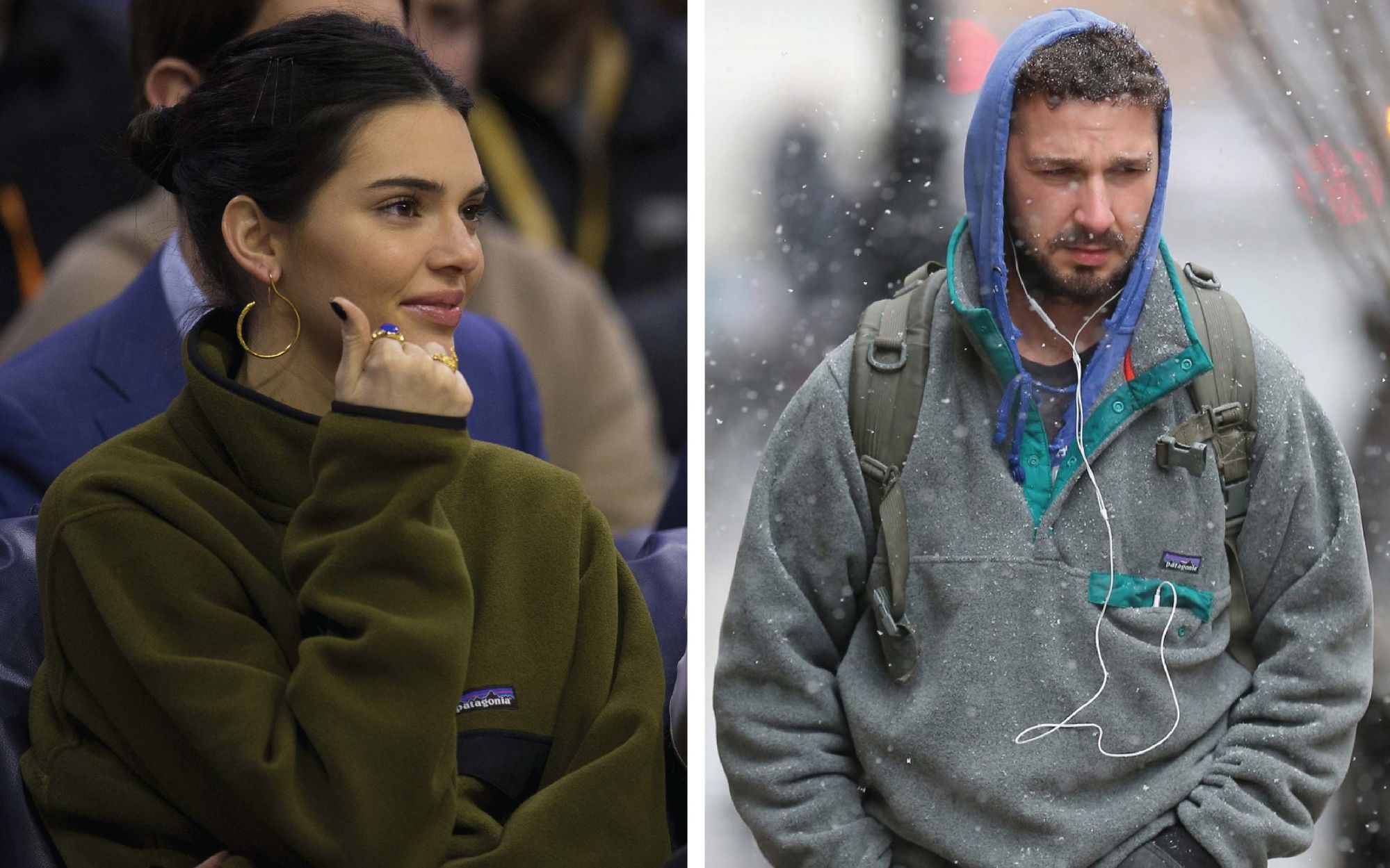
Fleece: the revenge of bad taste The anti-fashion sweater has become a symbol of the new streetwear
"fair is foul, and foul is fair"
It is not just a passage of Shakespeare's Macbeth but also a topic in fashion, which regularly brings back garments that have always been considered anti-fashion, among which in recent seasons there is the polar fleece.
The fleece has been a symbol of bad taste for years, used as pajamas or to take the dog out in those situations where you would be sure that no one could see you.
The change of some beauty standards and a street fashion that has relaunched Gorpocore and comfortable clothes, has meant that even one of the symbols of that style rose almost by accident to a cool choice for luxury brands. Driven by Supreme, Palace, Stüssy and Carhartt, also Marc Jacobs, sacai, Martine Rose and other high brands proposed their version of the fleece, convincing the customers, fashion weeks and celebrities like Gigi Hadid, Justin Bieber, Kim Kardashian, Kendall Jenner and Kate Middleton.
There are several reasons for this success, such as greater attention to sustainability, the relaunch of outdoor brands or simply having been in the right place in the right historical fashion moment. All these aspects have brought a long-mistored garment into luxury boutiques, desired despite a poor fabric.
The fleece was born in 1979, from a collaboration between the founder of Patagonia Yvon Chouinard and the textile company Malden Mills, based in the city of Lawrence (Massachusets). The two companies started a revolution in outdoor clothing, in years when garments were still made of cotton and wool, resistant but not very insulating.
The fleece was initially worn by fishermen from the north of the Atlantic, but the new material became a success when it was launched in the mountaineering market, thanks to the intuition of Chouinard.
The first models had the defect of melting at high temperatures and in public laundries, in addition to that of not being able to completely free odors and stains. Chouinard and Aaron Feuerstein - CEO of Mills - discovered that the breathable properties were due to oils applied in the processing phase, and that's how Sinchylla was born, the patented Patagonia material and union of the two terms Synthetic and Chinchilla.
The boom of the bright colors of the early 1980s and the interest in technical fabrics by the outdoor community change the destiny of Patagonia and those of Malden Mills, recovering from bankruptcy due to the collapse of the ecological fur market.
Because of the greater practicality compared to wool, between the mid-80s and the early 90s, fleece became a necessary garment for mountain and everyday life, also used for underwear. His technical qualities such as the lightness of the fabric, the strength to isolate even from wet and the economic efficiency have made it mainstream, launching it in large retailers, as in the case of UNIQLO, which in 1994 included fleece among its collections. This year UNIQLO celebrates the 25th anniversary of the launch of the first fleece. The diffusion of streetwear, started from Venice Beach, Brooklyn, and Shibuya, relaunches comfortable shapes, wide fit and brands related to sports such as skateboarding and surfing, finding in the fleece a synthesis of that aesthetic. Having happened to the streetwear short circuit almost by chance, the fleece has been able to satisfy the taste of the new target, no longer tied only to the casual but fashionable style in which even the unpredictability plays a fundamental role. Using a mountain, the electrostatic and hairy garment was the dose of strangeness that completed the success of the fleece, consecrating it in the mid-1990s. From sports and performance garments, the pile thus becomes a perfect item for streetwear, as long as following the examples of people like James Jebbia and NIGO even high fashion understands the possibilities, the potential of the tissue. The fabric has undergone a revival in fashion after Chanel used it for one of his jackets, a symbol of French fashion and haute couture. a historical passage but possible only after years of acceptance thanks to the proposals of the streetwear brands like The North Face and Patagonia itself.
Among the qualities of the pile there is also that of being commonly considered a green garment, so much so that in 1993, Patagonia and Polartec had also begun to explore solutions to create fleece with recycled bottles. Good achievements have led the material to produce a good impact on the eco-chic fashion industry, relaunched in recent years thanks to greater awareness of the environmental responsibilities of the industry.
Although there are countertrend data according to which the material has a serious environmental impact by releasing huge amounts of plastic microparticles into the wastewater during washing, the synthetic fiber makes the pile 100% recyclable. An ecological benefit, demonstrated by the fact that companies that have always been perceptive to the environment issue, such as Patagonia and UNIQLO, continue to produce it regularly every season, additional confirmation of how fleece remains one of the greenest garments on the market. This advantage in production and the desire of consumers become incentives for brands to include it in their collections, from the luxury of Burberry to Ambush.
In an episode of "The Witness: The Devil Wears Fleece", PIF sneaks behind the scenes of shooting with Bianca Balti and in the backstage of the SS16 Trussardi fashion show in Milan. The battle that PIF carries out throughout the episode is to give dignity to the black Quechua fleece he wears, a symbol of the distance between his reporter's look and those of Balti and Gaia Trussardi. The desperate attempt begins with the former director of Vogue Italia Franca Sozzani, passing by Kate Moss, Anna Wintour, Lapo Elkan and Roberto Cavalli, who even asks the presenter what is the fleece ("a fake leather?").
The ironic tone of the whole episode teased the lightness of fashion, in its most bizarre aspects and in the contradictions about how to understand what is beautiful and what is ugly. Not to be able to enter even the fashion dictionary, as the most classic of trends, the fleece has paraded and conquered a star, and if you are looking for one for the winter, there is also a model by Roberto Cavalli.










































